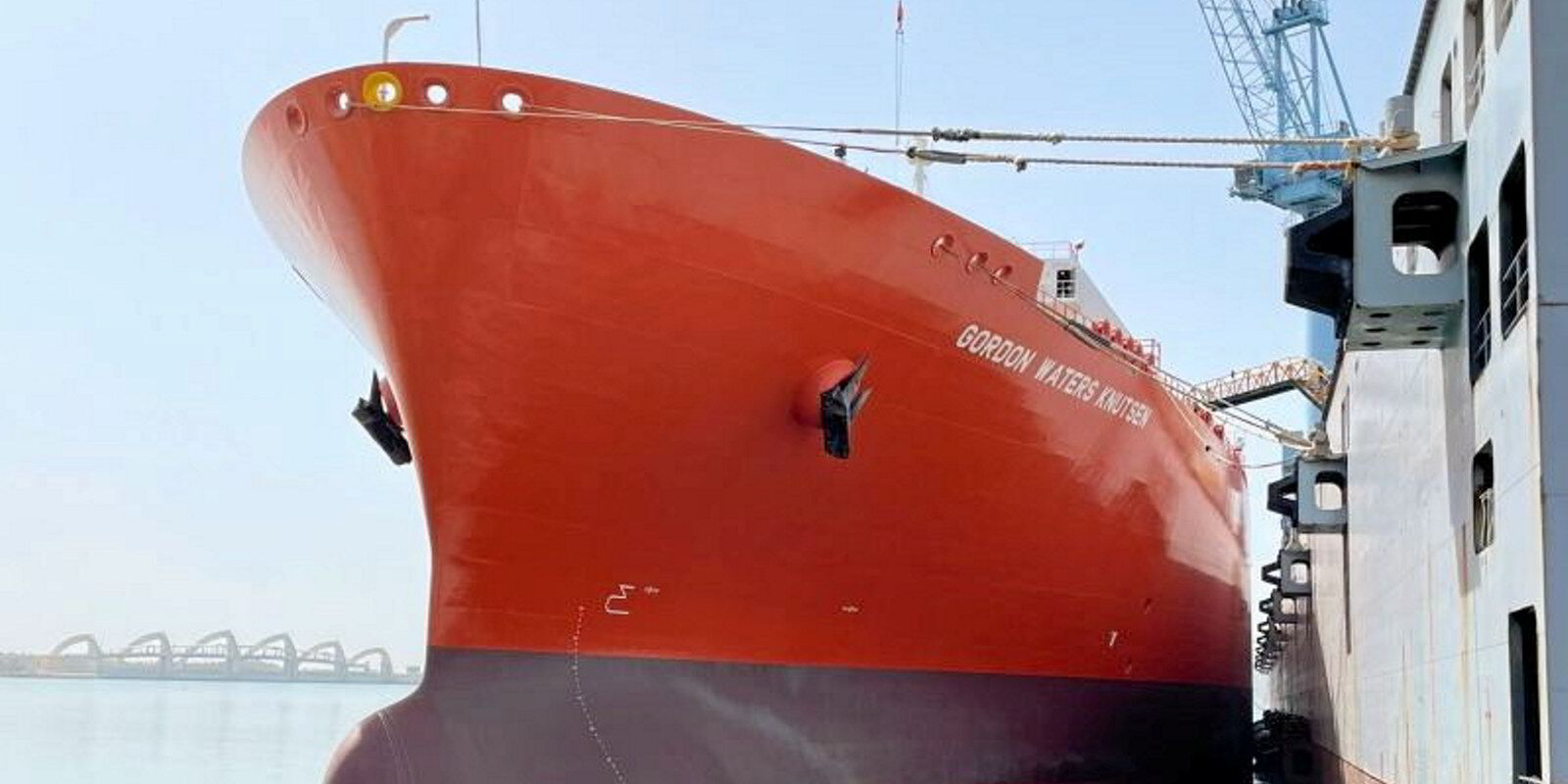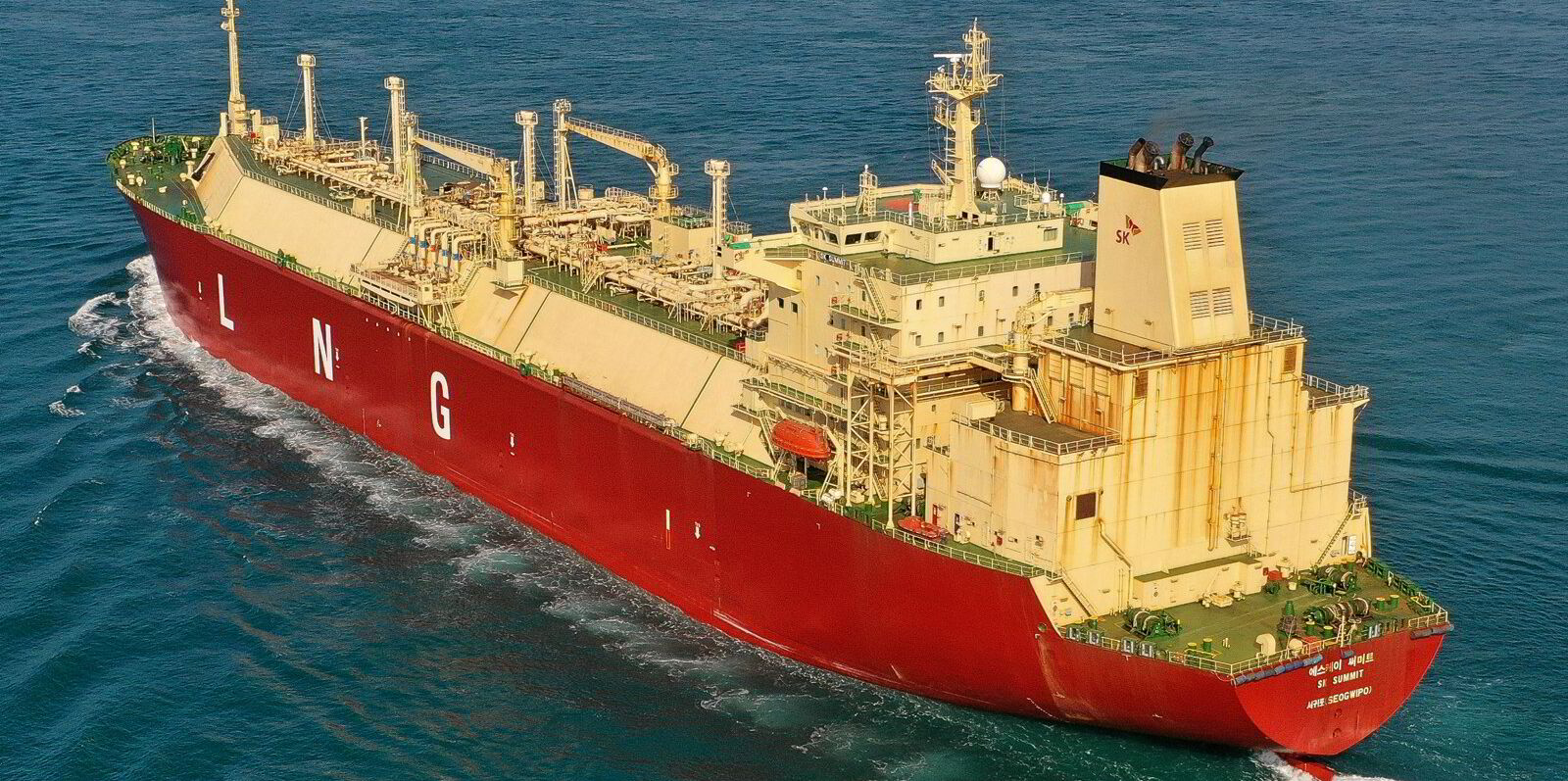Dramatic falls in spot rates for LNG carriers to below operating expenses are bringing the prospect of lay-up into focus for some vessels.
Spot rates for modern two-stroke LNG carriers trading short-haul in the Atlantic basin plummeted 40% week on week to about $15,000 per day, brokers said.
Those on long-haul business fared little better, down 30% to $21,000 per day with vessels in the Middle East and Pacific pegged at about $30,000 daily.
Spot rates for tri-fuel diesel-electric (TFDE) LNG carriers are being quoted at between $10,000 and $15,000 per day in the Atlantic, depending on the trade, and $15,000 per day in the east.
Brokers put spot rates for steam turbine LNG carriers at anything from $10,000 per day to below $7,000 per day.
The huge falls for modern ships come off the back of a slight uptick in rates at the beginning of last week.
Brokers said the fresh rate falls are due to the higher gas prices in Europe over those in Asia, which is cutting trading distances but not incentivising floating storage.
Clarksons pointed out that levels for TFDEs and steamships are now below operating expense levels for these vessels and said this “makes lay-ups a consideration”.
The broker’s Shipping Intelligence Network database lists five LNG carriers as laid up and a further 30 as “idle”.
Affinity LNG said: “Charterers with short-period requirements are able to dictate terms, although rates seem to have reached a floor below which the majority of owners see more value in doing nothing with their ships than fixing any lower.”
The broker said this floor appears to apply across all vessel types and efficiencies.
Speaking in a results call on 21 November, Cool Company chief executive Richard Tyrrell, whose company has two LNG carriers — the 174,000-cbm (built 2024) and Kool Tiger and 162,000-cbm Kool Glacier (built 2014) — redelivered into the spot market, said rates have gone below a floor not seen since 2018.
Tyrrell said this means that no 12-month deals are getting done, although there are examples of longer-term deals being concluded on newbuildings at rates rumoured to be in the high $80,000 per day.
However, he said, the premium for early delivery is gone, as would be expected given near-term rates.
The CEO commented that sentiment “often reverses quickly” but added: “Not that we’re expecting a vintage winter.”
Braemar LNG said the market is “now exploring new historical depths for this time of year” — which is traditionally the most active, high-earning period for LNG tonnage.
Clarksons Research noted that the older, smaller and least efficient vessels in the global LNG fleet — the steam turbine ships — account for 26% of the global LNG fleet.
The brokerage said that to align LNG fleet growth of 12% with demand, scrapping two to three steamships per month in 2025 may be necessary.
But it said if natural gas prices rise in Asia relative to Europe, longer trading distances could drive a swifter recovery in charter rates.







